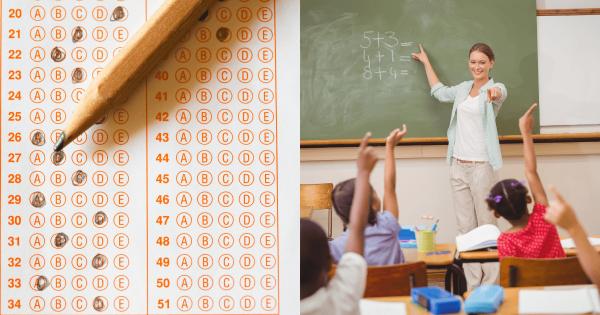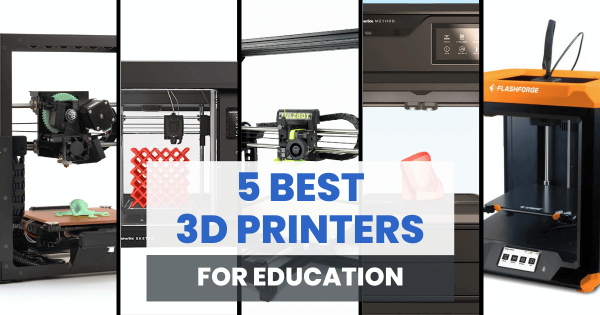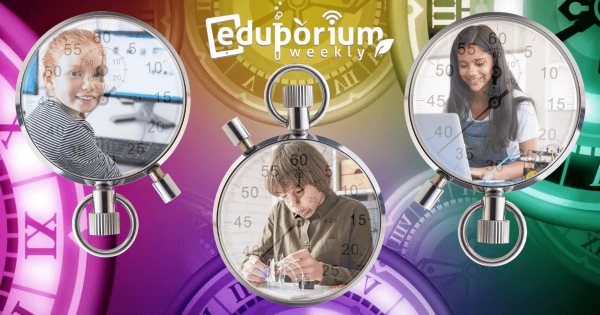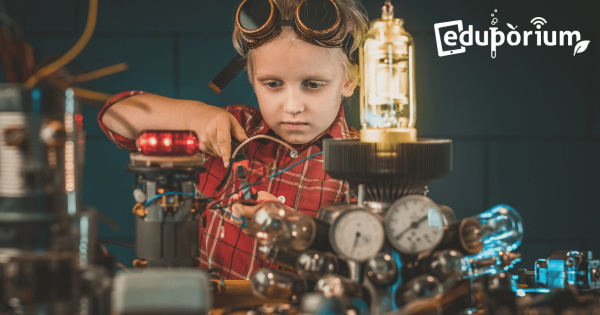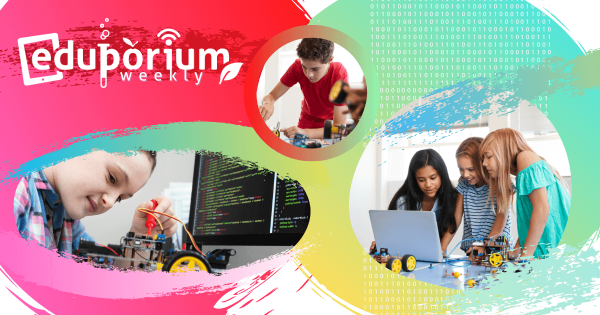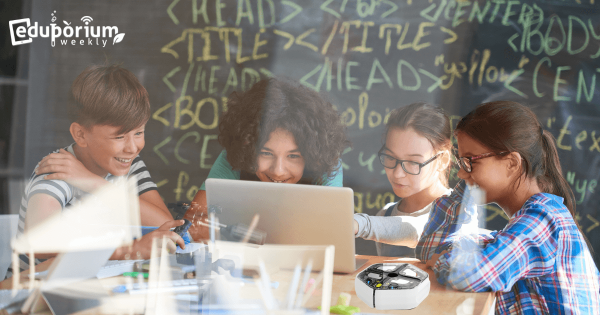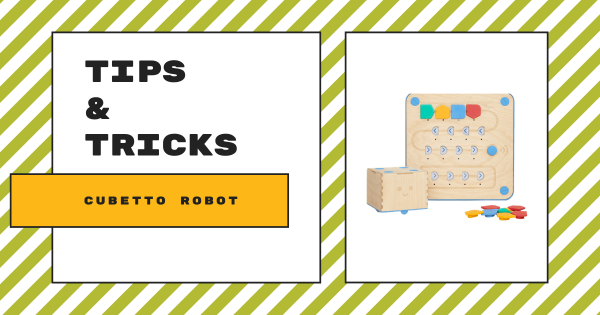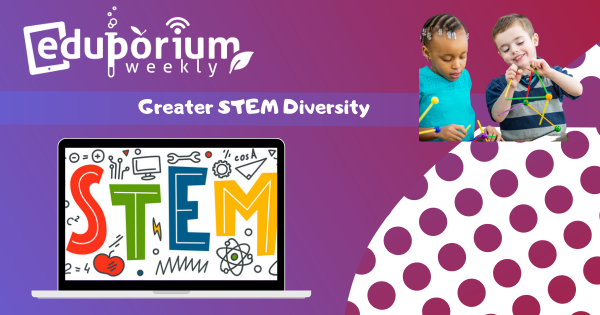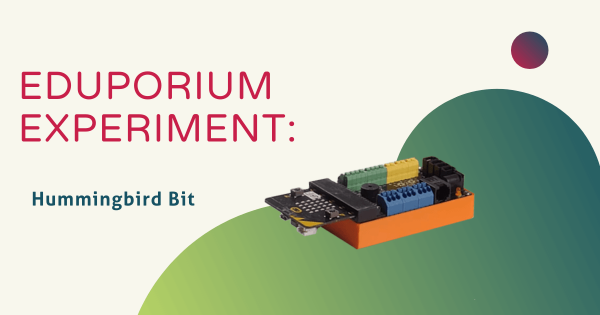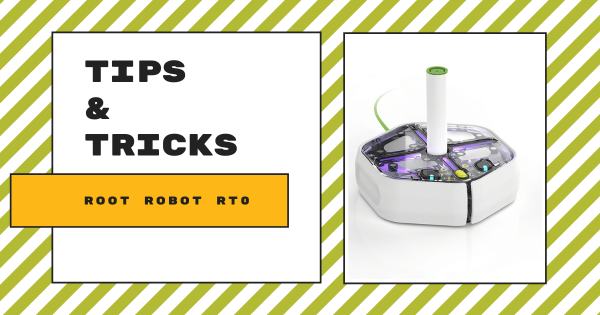Every student receives grades and uses them to determine if they did well enough on an assignment, for the quarter, or to move on to the next grade. Of course, this can also create some pressure on students and sometimes lead to shortcomings in their performance. Plus, a letter grade isn’t always indicative of whether or not a student has
Search results for '8 educationa'
-
5 Best 3D Printers For Education In 2025
When it comes to crafting the perfect makerspace experiences, educators can try incorporating a wide variety of hands-on STEAM activities. To truly maximize student engagement and empower them all to feel like authentic problem solvers, however, 3D printing is an awesome option and these are some of the best educational 3D printers for K–12 school STEM programs. -
Eduporium Weekly | Some Of The Logistics Of Self-Paced Learning
Self-paced learning is a form of differentiated instruction that teachers can integrate into learning experiences. In self-paced learning, teachers can let their students decide how many lessons they need and how much practice constitutes them mastering something. There are also various instructional techniques you could use and many potentially positive outcomes for kids. -
Eduporium Weekly | Highlighting Child Inventors To Inspire More
It’s not just the seasoned scientists and computer programmers who might invent world-changing and progress-focused solutions. In fact, there’s also plenty of inventive kids and teens out there who have left their mark on the world with both big and small inventions, and some have even contributed to key inventions throughout history. So, let’s learn about a few of them. -
The Importance Of Consistent Coding Education In Schools
The importance of providing all children with the opportunities to learn key computer science skills is often a really legitimate emphasis among STEM-minded instructors. We know how vital these skills may turn out to be for a larger number of them. Empowering students to learn these skills early and perfect them often could also help open up career opportunities later -
Eduporium Weekly | Ideas For Expanding Coding Education
All indications are that coding competencies will continue to open up many promising professional opportunities for today’s students. Coding’s not the only skill that will separate them, however, as we see how soft skills remain equally important but, based on what we see from the workforce, students who build up their coding skills won’t be learning something outdated. -
Tips & Tricks | Teaching Coding With The Cubetto Robot
While it’s considered unique in the world of early education STEM learning, the Cubetto Robot is also fabulously effective. Students as young as three years old can use this device-free robot to start to understand core coding principles and begin developing new, useful logic and computational skills in preschool classrooms. Explore our tips and tricks for getting started! -
Eduporium Weekly | Achieving Greater Diversity In STEM
Diversity efforts, in every area of education and the workforce, should open opportunities for everybody to elevate personal thoughts, talents, opinions, and experiences. As we keep striving to overcome a lack of diversity in the STEM community, it’s crucial across all industries and we believe everyone should be open to discovering new points of view and potential solutions. -
Eduporium Experiment | STEAM And The Hummingbird Bit
By combining the powerful brain of the micro:bit V2 with its flexible robotic core and modular parts, the Hummingbird Bit can help you lead classroom STEAM experiences that are one par with teaching using some of the more extravagant robots out there. The kits are actually real affordable, however, and offer a ton of versatility and value for kids throughout -
Tips & Tricks | Root rt0 Coding Robot
Students can use the Root rt0 without any prior coding experience or prior experience using their standard Root model. The rt0 is compatible with the iRobot Coding app, which students can access on iOS or Android devices as well as others. There's also the online iRobot Code platform, which kids can use to practice programming without a physical robot.



